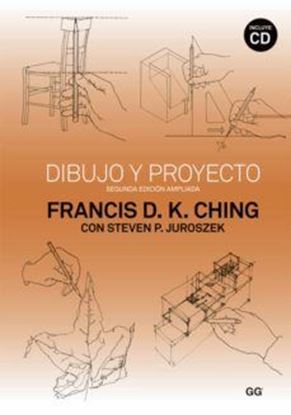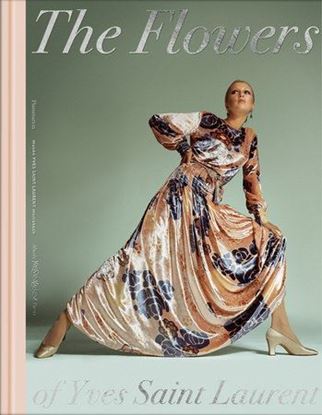

DIBUJO Y PROYECTO
El dibujo es una herramienta cognitiva y creativa fundamental a la hora de abordar el proyecto arquitectónico. Bajo esta premisa Francis D. K. Ching nos ofrece en este libro una guía de referencia con la que aprender a utilizar el dibujo como técnica para pensar el proyecto.Organizado en tres grandes bloques que pasan de lo más descriptivo a lo especulativo dibujo por observación, sistemas convencionales de representación gráfica y dibujo imaginativo, el libro explica paso a paso la gran multiplicidad de conceptos y técnicas que entran en juego en el dibujo arquitectónico: desde los principios básicos de la expresión gráfica (la línea, la forma, la sombra o el espacio), hasta los sistemas de representación más frecuentes (el sistema diédrico, la axonometría y la perspectiva cónica) o los innumerables conceptos y herramientas existentes (tales como el rayado, la orientación, la escala, la estratificación o la diagramación).Además de los 1.500 dibujos ilustrados a mano y los cerca de 140 ejercicios que incluye el libro, esta nueva edición ampliada incorpora técnicas de dibujo por ordenador e incluye un CD con tutoriales. El estudiante de arquitectura y el arquitecto encontrarán en estas páginas una ayuda práctica y didáctica no solo para representar los proyectos, sino también para pensar espacialmente.
3,300
2,475
PACIFIC NATURAL
Both practical and inspiring, the first book from Jenni Kayne--the creator of the eponymous lifestyle brand--offers ideas and tips for entertaining and living well throughout the year.
Jenni Kayne embodies an effortless aesthetic, where natural beauty is found in every detail. Pacific Natural illustrates Jenni's conscious way of living through personal anecdotes and tips with Jenni's home state of California serving as the backdrop. Organized by season, this entertaining book is your guide to creating special moments with family and friends. Each chapter includes tabletop ideas, simple crafts, tips for keeping a stocked kitchen and pantry, what to plant in your garden, and healthy, delicious recipes. From an apple harvest dinner and at-home herb drying in the fall, cocktail parties andDIY gift ideas in the winter, flower arranging in the spring and a beach picnic in the summer, Jenni shares her philosophy for creating traditions and living mindfully all year long.
A thoughtful hands-on approach for stylish and balanced living, Pacific Natural shows us how to make the most of the time we spend together, treating life's details with creativity and care.
3,200
2,400
THE FLOWERS OF YVES SAINT LAURENT
Produced with the Yves Saint Laurent museums in Paris and Marrakech, this book examines how flowers served as the designer’s muse throughout his life and work.
Yves Saint Laurent’s passion for flowers and gardens was the source of endless inspiration. From a thousand and one rose buds to sprigs of lily of the valley, from an avalanche of bougainvillea to delicate poppy blooms, and from sheaves of wheat to majestic lilies, he metamorphosed nature in his creations. Employing flowers as a palette of patterns and techniques, he adorned women in floral appliqués, prints, and embroideries.
3,200
2,400











